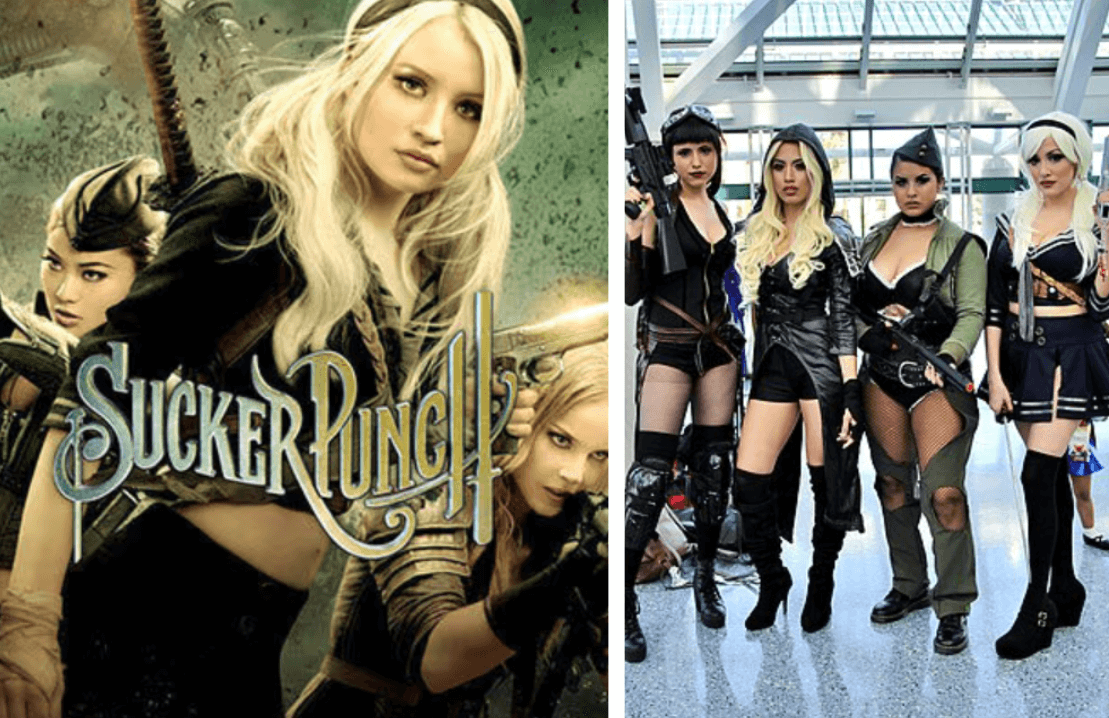
Suckernpunch has taken the world by storm, captivating audiences with its raw energy and unfiltered edge. This phenomenon isn’t just about throwing fists in dimly lit alleys; it’s a reflection of our society’s fascination with rebellion, adrenaline, and spectacle. From viral videos circulating across TikTok and YouTube to heated debates on social media, suckernpunch represents a clash of cultures where street fighting collides with modern entertainment.
Yet, beneath the surface of adrenaline and shock lies a deeper story. The rise of suckernpunch cannot be understood without tracing the origins of street fighting, the evolution of combat sports, and the controversies that surround it. By exploring its cultural impact, moral debates, and eventual decline, we uncover lessons not only about fighting but also about human behavior, society’s appetite for thrill, and the boundaries of entertainment.
The Origins of Street Fighting
Street fighting has roots that reach far into human history. In ancient times, physical combat was not only a means of survival but also a way of asserting dominance and protecting honor. Communities across the world—from Roman gladiators to samurai warriors—had their own versions of unregulated combat. These early traditions emphasized strength, bravery, and resilience, qualities deeply admired across cultures.
As cities expanded during the industrial era, disputes between rival groups often spilled into urban streets. Street fighting became an informal method of conflict resolution, a public spectacle that drew crowds eager to watch raw human aggression unfold. These unsanctioned fights carried no formal rules, making them both unpredictable and dangerous.
The arrival of modern media only amplified the visibility of such encounters. Early films, tabloid coverage, and eventually handheld recordings turned spontaneous altercations into forms of entertainment. This fusion of tradition and spectacle created fertile ground for the later emergence of phenomena like suckernpunch, which took the rawness of street fighting and reframed it for the digital age.
How Suckernpunch Became a Popular Phenomenon
The rise of suckernpunch cannot be separated from the influence of social media. In the age of Instagram, TikTok, and YouTube, moments of unfiltered chaos spread with viral speed. Clips of fights—whether staged or spontaneous—were shared millions of times, drawing audiences hungry for adrenaline-fueled action.
What made suckernpunch unique was its simplicity: real people, real conflicts, minimal rules. This raw authenticity provided a stark contrast to the polished world of organized sports and scripted entertainment. For viewers, it was a window into unscripted human conflict, full of shock value and emotional intensity.
As the term gained traction, influencers and online personalities began to latch onto the phenomenon. Some endorsed it as a thrilling form of underground entertainment, while others criticized it as reckless and dangerous. Either way, their attention magnified its reach. Online communities formed around suckernpunch, debating its legitimacy, sharing clips, and even romanticizing fighters as modern-day gladiators.
But popularity brought scrutiny. With more visibility came growing concerns about morality, safety, and the social consequences of glamorizing unregulated violence.
Controversies and the Negative Impact of Street Fighting
While suckernpunch captivated audiences, it also attracted fierce criticism. At its core, street fighting is dangerous—participants risk serious injuries such as broken bones, concussions, and permanent disabilities. Unlike regulated combat sports, there are no referees, medical staff, or safety protocols. What begins as a heated exchange can quickly spiral into life-threatening violence.
Beyond the fighters themselves, bystanders are often caught in the chaos. Spontaneous street fights erupt in public spaces, putting innocent people at risk. Law enforcement struggles to monitor and contain these incidents, especially as they are frequently organized in secret or break out without warning.
The cultural impact of suckernpunch has also raised red flags. By glamorizing aggression, it risks sending harmful messages to younger generations about conflict resolution. Instead of dialogue or compromise, violence is portrayed as exciting and even admirable. Communities already grappling with rising crime rates and youth violence see this as a dangerous reinforcement of destructive behavior.
These controversies highlight the double-edged nature of suckernpunch: while it entertains, it also normalizes aggression, blurring the line between thrill-seeking and real harm.
Social Taboos Surrounding Suckernpunch
The cultural debate over suckernpunch extends beyond safety into deeper social taboos. For many, the phenomenon epitomizes society’s fascination with brutality. Watching people fight for entertainment may satisfy primal instincts, but it also challenges modern values of peace, empathy, and respect.
Parents, educators, and community leaders often worry about the normalization of such violence. They fear that repeated exposure desensitizes young audiences, encouraging them to view aggression as acceptable or even aspirational. This creates a tension between freedom of expression and the need to protect societal well-being.
Participants themselves face stigma. While some see them as fearless risk-takers or rebellious athletes, others dismiss them as reckless thrill-seekers courting unnecessary danger. This divide reflects broader issues around masculinity, honor, and aggression in contemporary culture.
Ultimately, suckernpunch has become a cultural flashpoint. It forces society to confront uncomfortable questions: Do we tolerate violence as entertainment? And if so, where do we draw the line?
The Evolution of Combat Sports and the Decline of Street Fighting
While suckernpunch gained notoriety online, its rise coincided with the professionalization of combat sports. Boxing, kickboxing, and mixed martial arts (MMA) transformed fighting from a raw street activity into a disciplined, globally respected profession.
Athletes began seeking structured environments where their skills could be honed, showcased, and rewarded. Televised events such as UFC and professional boxing matches offered not only financial opportunities but also legitimacy and fame. Fans, too, shifted their interest from chaotic street fights to highly skilled competitions where technique, endurance, and strategy mattered as much as brute strength.
This transition was also fueled by a growing awareness of safety. With medical oversight, weight classes, and strict rules, organized combat sports reduced the risks associated with unregulated brawls. While not without dangers, they provided a more balanced mix of entertainment and responsibility.
As professional combat sports surged in popularity, the appeal of unstructured fighting like suckernpunch began to wane. What once captivated audiences with raw unpredictability now appeared reckless compared to the artistry and professionalism of MMA fighters and boxers.
Conclusion: Lessons Learned from the Rise and Fall of Suckernpunch
The journey of suckernpunch is more than a story of viral videos and underground fights—it is a reflection of society’s complex relationship with violence, thrill, and entertainment. Its rise showcased humanity’s enduring fascination with chaos and rebellion, while its decline underscored the growing desire for structure, fairness, and safety in competitive environments.
Suckernpunch teaches us important lessons. It reminds us that while adrenaline and spectacle can capture attention, they often come at a high cost—both for participants and for society at large. It also highlights the tension between entertainment and ethics, forcing us to ask whether the thrill of unpredictability justifies the risks of glorifying violence.
In the end, combat sports evolved to provide a safer, more respected platform for channeling human aggression and skill. The decline of street fighting culture, including phenomena like suckernpunch, reflects progress toward balancing our appetite for thrill with our responsibility to promote well-being.
Perhaps the most lasting lesson is that rebellion and order are two sides of the same coin. While chaos may thrill us for a time, society inevitably gravitates back toward structure, safety, and respect. Suckernpunch may have burned brightly for a while, but its story offers a powerful reminder of how culture shapes, challenges, and ultimately redefines our understanding of entertainment and human conflict.






